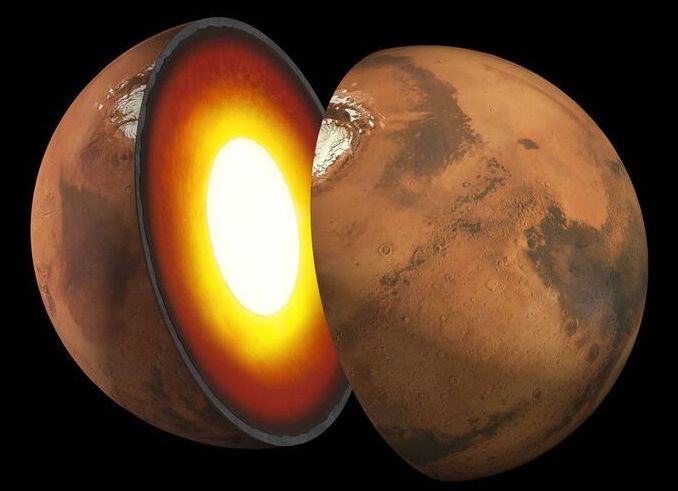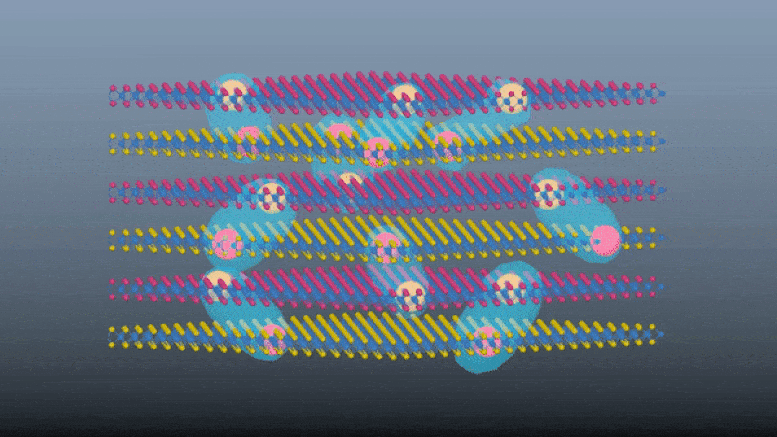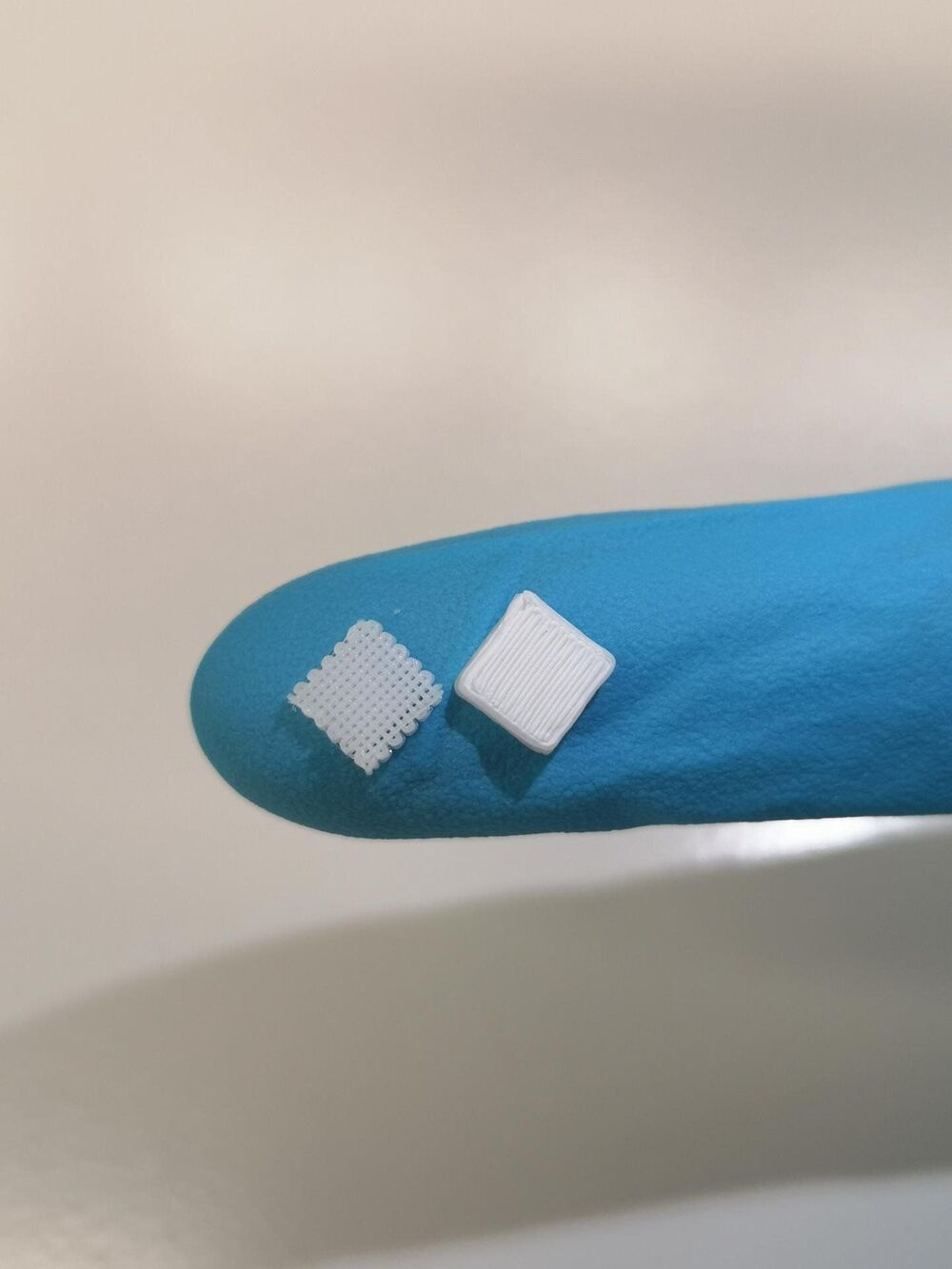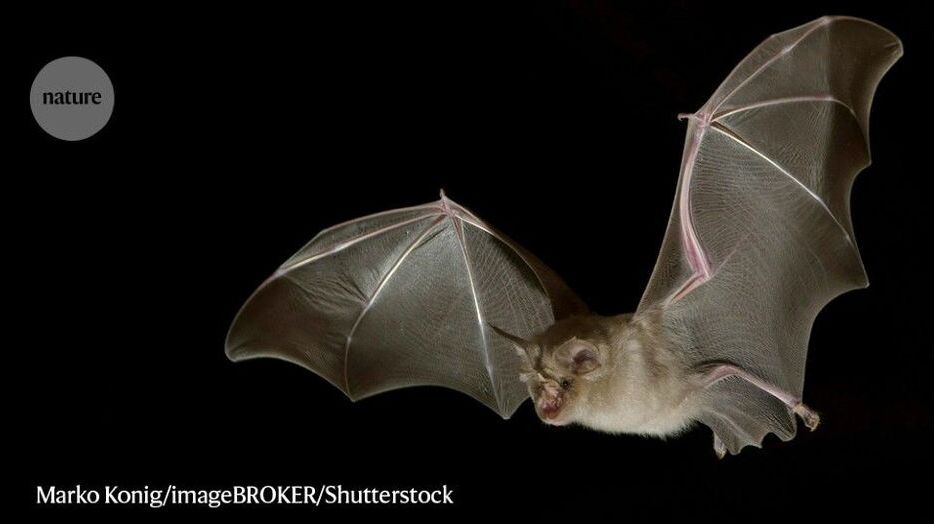Despite lack of large marsquakes, InSight team fixes size of crust, mantle, and core.




The widespread and monthslong hack of the U.S. government and some of America’s biggest corporations was enabled by an unlikely source: a little-known Austin, Texas, software company called SolarWinds Corp. that until this week was a household name only to computer network administrators.
Security investigators say the company that boasts more than 400 of the Fortune 500 corporations and many government agencies as clients provided the perfect delivery mechanism for a carefully executed intrusion attributed to Russia’s foreign-intelligence service.
SolarWinds provides the tools many companies use to manage their computer networks. That’s what made the hack of U.S. government agencies and some of America’s biggest corporations so pernicious.

Chemists at Martin Luther University Halle-Wittenberg (MLU) have developed a way to integrate liquids directly into materials during the 3D printing process. This allows, for example, active medical agents to be incorporated into pharmaceutical products or luminous liquids to be integrated into materials, which allow monitoring of damage. The study was published in Advanced Materials Technologies.
3D printing is now widely used for a range of applications. Generally, however, the method is limited to materials which are liquefied through heat and become solid after printing. If the finished product is to contain liquid components, these are usually added afterwards. This is time-consuming and costly. “The future lies in more complex methods that combine several production steps,” says Professor Wolfgang Binder from the Institute of Chemistry at MLU. “That is why we were looking for a way to integrate liquids directly into the material during the printing process.”
To this endeavor, Binder and his colleague Harald Rupp combined common 3D printing processes with traditional printing methods such as those used in inkjet or laser printers. Liquids are added drop by drop at the desired location during the extrusion of the basic material. This allows them to be integrated directly and into the material in a targeted manner.

The US government has confirmed that a massive hack had occurred in at least two federal departments, including the US Treasury and the Department of Commerce.
Hackers were able to monitor internal emails at US federal departments, including the Treasury, for months. There is concern officials have only scratched the surface of understanding the hack’s effects.

“When was the last time you lost a correction signal when running a tractor or combine in the field? In Russia, that’s an even bigger problem, but because of that, a new tool is being deployed — a vision-based guidance system. That’s where Cognitive Agro Pilot comes in. “This system detects obstacles, including people, animals, metallic objects and stones along its way, without GPS navigation and RTK positioning,” says Olga Uskova, CEO, Cognitive, based in Moscow. “Cognitive Agro Pilot can operate in territories with a weak satellite signal.” The company has developed a system that uses a high-definition camera in an armored housing that can “see” ahead. Tied to an artificial intelligence system, the systems provide precision guidance. This is more than following a row.”
Russian firm Cognitive Agro Pilot is using computer vision and machine learning for precision guidance.

““Green tea has five tested chemical compounds that bind to different sites in the pocket on Mpro, essentially overwhelming it to inhibit its function,” Xie said. “Muscadine grapes contain these inhibitory chemicals in their skins and seeds. Plants use these compounds to protect themselves, so it is not surprising that plant leaves and skins contain these beneficial compounds.””
Glad I picked up a refill on my resveratrol this week!
Green tea, muscadine grape and dark chocolate chemical compounds inhibit an important SARS-CoV-2 enzyme.

An epidemiologist who helped to tie the 2012 outbreak of Middle East respiratory syndrome (MERS) to camels; a food-safety officer who studies how pathogens spread in markets; and a veterinarian who found evidence linking the 2014 West Africa Ebola outbreak to bats roosting in a hollow tree. These researchers are among the team that the World Health Organization (WHO) has assembled to investigate the origins of the coronavirus pandemic.
Ten researchers with expertise in virology, public health and animals will seek to answer this key question.

As awe-inspiring as they may be, no one would ever call a supercar practical. But there are certain driving tasks for which only an ultra-high-performance vehicle will do. And, apparently, one of them is transporting a donor organ a long distance in a very short period of time.
That’s the conundrum Italian Police faced earlier this month, reports The Drive. Luckily for all involved, the department happened to have a Lamborghini Huracán on hand to drive the donor kidney 300 miles in just over two hours.
The supercar drove the organ from Rome to Padua in less than half the time it would normally take.
Electric cars and trucks may be the hottest topic in e-mobility, but quiet, clean-running electric drives have the ability to revolutionize all kinds of vehicles and machinery. We’ve seen it with the popularization and evolution of ebikes, and electric tech is slowly finding its way into more demanding powersports applications, like electric dirt bikes and snowmobiles. French startup MoonBikes Motors is carving some space between the e-snowmobile and e-dirt bike categories, creating a full-throttle electric snow bike meant to travel lightly and deliver sharp, explosive exhilaration on the snow.
It’s that time of year when experimental all-electric snow machines start rolling out from their high-altitude garages to carve their signatures into the Alpine snow and public consciousness. Last year it was the Austrian-built BobSla snow-kart motoring around its home turf at the Obergurgl-Hochgurgl ski area, and this year it’s the French-crafted MoonBike all-electric snow bike spraying snow in its own corner of the Alps.
Designed for both all-out snowy thrills and dutiful utility, the MoonBike features a snowmobile-like combination of rear track drive and front ski. A motor with 3 kW of continuous power pushes the bike to speeds up to 28 mph (45 km/h).